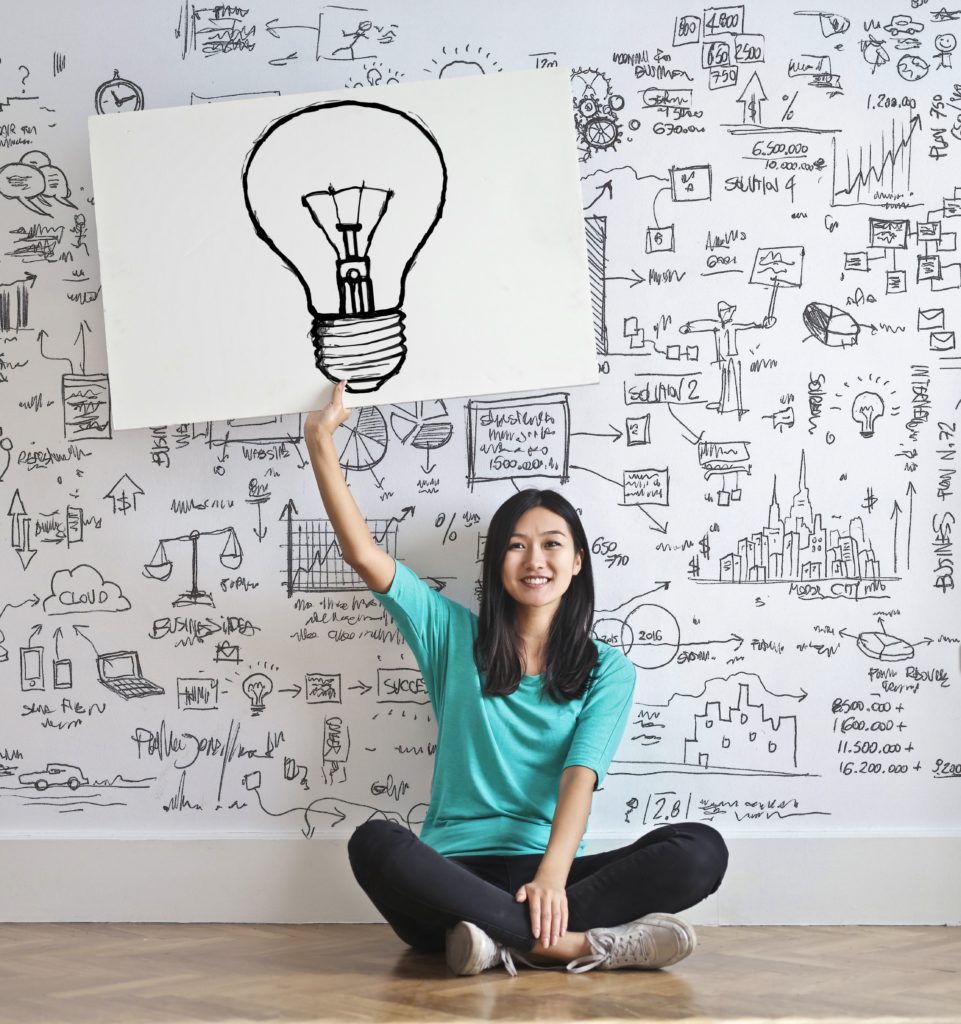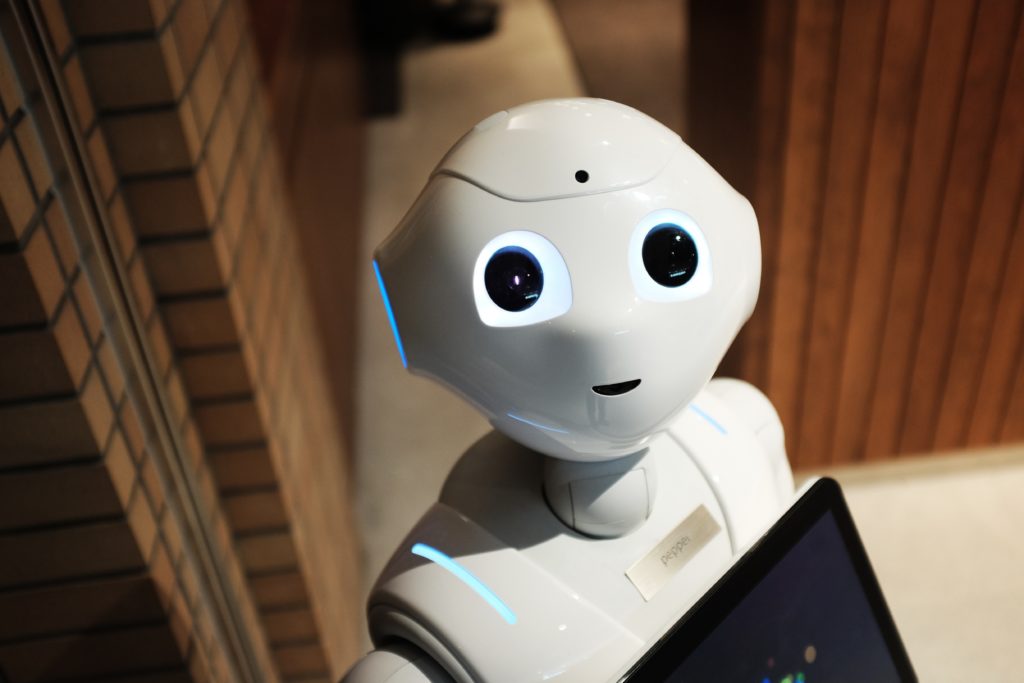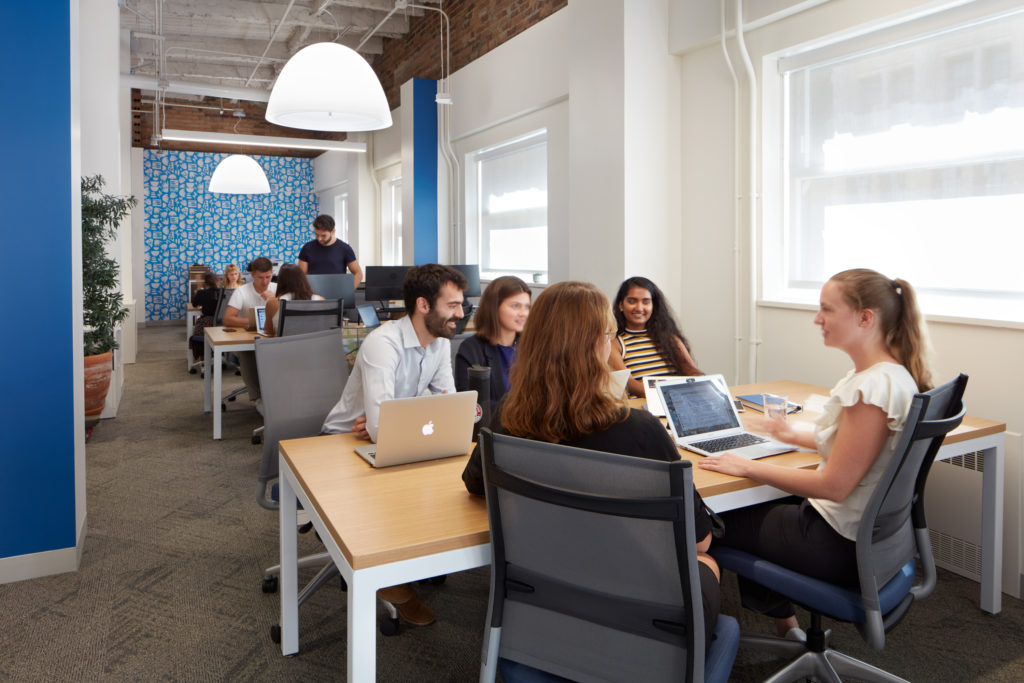Uber, Apple, Facebook, Airbnb: From modest start-ups, these companies have become leaders in their field and have also had a profound impact on the company following a breakthrough innovation. What are the characteristics of disruption? How to pursue a policy of innovation in business? Here are the explanations of Etienne Gatti, Lean Startup expert at Schoolab, illustrated with a benchmark of 20 innovative products that will transform our lives.
Breakthrough innovation versus incremental innovation
Incremental innovation is about improving an existing product or service, with small touches: it’s an evolution. While disruptive innovation or disruption leads to a real revolution in the market and consumer habits.
Real breakthrough innovations are rare. This word is used in an overused way.
Étienne Gatti, Lean Startup expert at Schoolab
According to Étienne Gatti, “what is perceived as disruptive from the company’s point of view may not be disruptive to society in general.” Étienne cites the fictitious example of a pharmaceutical company that decides to offer a subscription to stay healthy. This concept, disruptive to the business model of the company, has existed for a long time in Chinese medicine.
20 innovative products: from the most unusual to the most revolutionary!

An exoskeleton to make people with disabilities walk again
A helmet that detects brain waves and transmits motor orders to an exoskeleton is a hope for paralyzed patients. Developed in the United States, this breakthrough innovation has mobilized 125 researchers from around the world.
A tattoo machine
Developed by three Parisian students, the 3D tattoo printer creates patterns 1000 times more accurate than a tattoo artist. The tattoo is designed with 3D modeling software and then printed using a dermograph.
Connected glasses
Connected via Bluetooth to your smartphone, high-tech mounts are a concentration of technological innovation: displaying data on lenses, built-in speakers and microphones, voice control, augmented reality, etc.
A transparent aircraft
An aircraft with a transparent “bionic” cabin imitating the skeleton of a bird: this is the innovative project of the aircraft manufacturer Airbus. This futuristic aircraft is expected to take off around 2050.
Boats to clean up the oceans
Launched by a young Dutch engineer, The Ocean Cleanup aims to reduce plastic pollution of the oceans through huge floating dams. The goal is to capture and recycle 90% of marine waste by 2040.
3D-printed plasters
In 2013, The English designer Jake Evill created the first plastic plaster printed in 3D. Thanks to its lightness and multiple openings, the Cortex Exoskeletal is a medical innovation that revolutionizes the treatment of fractures.
Vegetable or eco-leather leather
This invention by American professor Richard Wool is based on the high-pressure blend of plant materials. In 2014, she received the World Green Design Award for ecological innovations.
Gloves to translate sign language
SignAloud is a pair of connected gloves that translates the gestures of the deaf and dumb into text or sounds. The $100 prototype brought in 10,000 of them to its creators, winners of the Lemelson-MIT Student Prize.
Turning air into water
Italian architect Arturo Vittori designed the Warka Water Tower, a bamboo structure that condenses atmospheric moisture. It produces 40 to 80 L of drinking water for unsanitary or arid areas every day.

Smart textiles
From nanotechnology, intelligent textiles are able to react and adapt to their environment: self-cleaning under the effect of light thanks to silver fibers, temperature regulation with carbon nanotubes, etc.
Windows to produce solar energy
The American company SolarWindow Technologies transforms windows into photovoltaic supports thanks to a transparent film deposited on the glass. This device produces 50 times more electricity than rooftop solar panels!
A headset to read our thoughts
Developed by MIT researchers, the “Alter Ego” headset interprets mentally formulated questions with 92% accuracy. Electrodes capture the neuromuscular signals of the face induced by subvocalization, which consists of uttering the words in his head.
Connected objects for security
The risk of a fatal motorcycle accident is 22 times higher than in a car. In partnership with the Toulouse start-up Liberty Rider, the Racer brand has therefore designed a connected glove to warn bikers of danger through a visual and vibrant signal.
A virtual banking advisor
Since 2018, Societe Generale has been experimenting with a chatbot to meet the current demands of customers from their computer or smartphone. It is estimated that by 2020, 90% of trade will be carried out by conversational robots in the banking sector.
A humanoid receptionist
Tested in a Toulouse agency of Crédit Agricole, Leenby is the first robot designed to guide the French public. Made in Limoges by Cybedroid and programmed by Inbenta France, it communicates vocally to inform and guide customers.

Synthetic meat
Scientists at Harvard University have developed an innovative technique to produce meat in the laboratory from cow and rabbit muscle cells. However, it will be another 10 or 20 years before we find artificial steaks on our plates.
Packaging that can be eaten
The French start-up Lactips produces an innovative bioplastic formulated with milk protein, totally biodegradable and edible. The project is funded under the European Horizon 2020 Research and Development Programme.
A space village… on Earth
To prepare for the conquest of Mars, the Franco-American start-up Interstellar Lab designs bio-regenerative habitats. The 70,000 m2 of EBIOS, the first autonomous land base, will open its doors to the public and scientists in the California desert from 2021.
Autonomous connected objects in energy
To solve the problems of powering connected objects, Crystal Device, based in Besançon, has developed flexible patches. Consisting of a piezoelectric material, they produce energy by deforming.
A robot to remotely recharge connected objects
Californian start-up GuRu has developed an automaton that travels around the house in search of unloaded devices. It can then recharge the battery up to 60 cm away by emitting radio waves.
How do you create innovative products in business?
The innovation strategy is based on Agile tracking of the four phases of Design Thinking: observation, design, prototyping and launch.
The Agile method consists of making adjustments as the project develops. This iterative process improves the deliverable continuously with great speed of execution.
Étienne Gatti, Lean Startup expert at Schoolab
To innovate in the company, employees must be involved through effective innovation management.

Pioneer for 13 years of Design Thinking in France, the innovation studio Schoolab accompanies your teams to implement these working methods. Also get real innovation training with our program to launch an innovative product prototype in three months.

